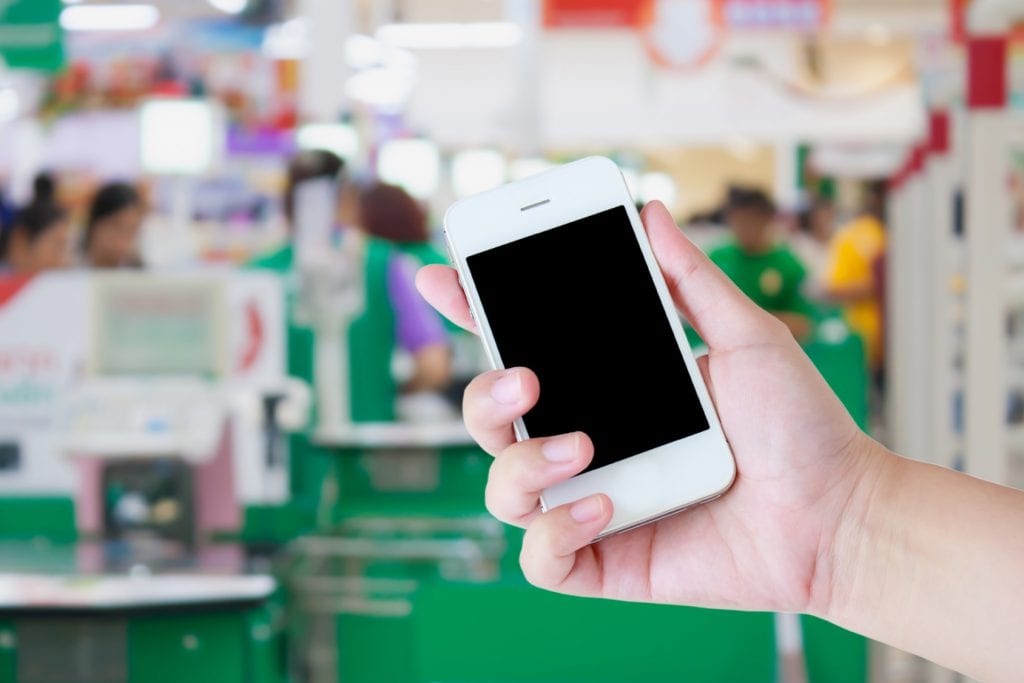Contactless payment terminals are becoming increasingly popular, as they offer a more convenient way to pay for goods and services. Instead of having to fumble for cash or swipe a card, you can simply hold your smartphone or smartwatch up to the terminal to make a payment. Contactless payments are also more secure than traditional methods, as they use encryption to protect your personal information. In addition, there is no need to worry about losing your card or having it stolen, as your payment information is stored securely on your device.
An Apple Insider columnist, highlighting an industry report, predicts that Apple Pay point of sale transactions are positioned to increase significantly because of the availability of more contactless terminals in the U.S. The growth of contactless terminals will be brought about by Mastercard and Visa mandates according to the writer:
By 2020, both companies will require payment terminals in many markets to offer the technology, Juniper Research noted. The lack of compatible sales terminals has been a consistent obstacle in U.S. Apple Pay adoption, such that some retailers —like Anthropologie —have promised support for years without delivering.
Growth may also be aided by shoppers wanting to avoid the slower speeds of chip card transactions, which are presently replacing magnetic swipes.
Visa is mandating that all newly installed card terminals make all Visa supported interfaces such as magnetic stripe “swipe”, contact chip “dip” and contactless “tap or wave” available. This takes effect this year. More details on this here.
Despite the power of a mandate, I am not convinced this is going to bring about a surge in contactless transactions in the U.S. This mandate appears to impact new terminals. Most merchants have recently already installed new terminals to accept EMV transactions. The merchant community at large won’t be needing newer terminals for quite a while. Also, many of the terminals purchased of late for EMV compliance already have contactless capabilities. Merchants didn’t activate that capability despite the real or just perceived slowness of a contact chip transaction. The networks and merchants have chosen to speed up contact card transactions rather than look to contactless to improve the consumer experience.
Overview by Sarah Grotta, Director Debit Advisory Service at Mercator Advisory Group
Read the full story here
